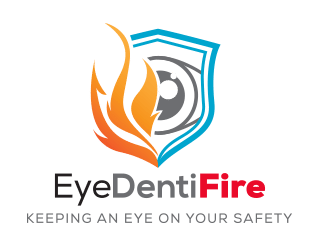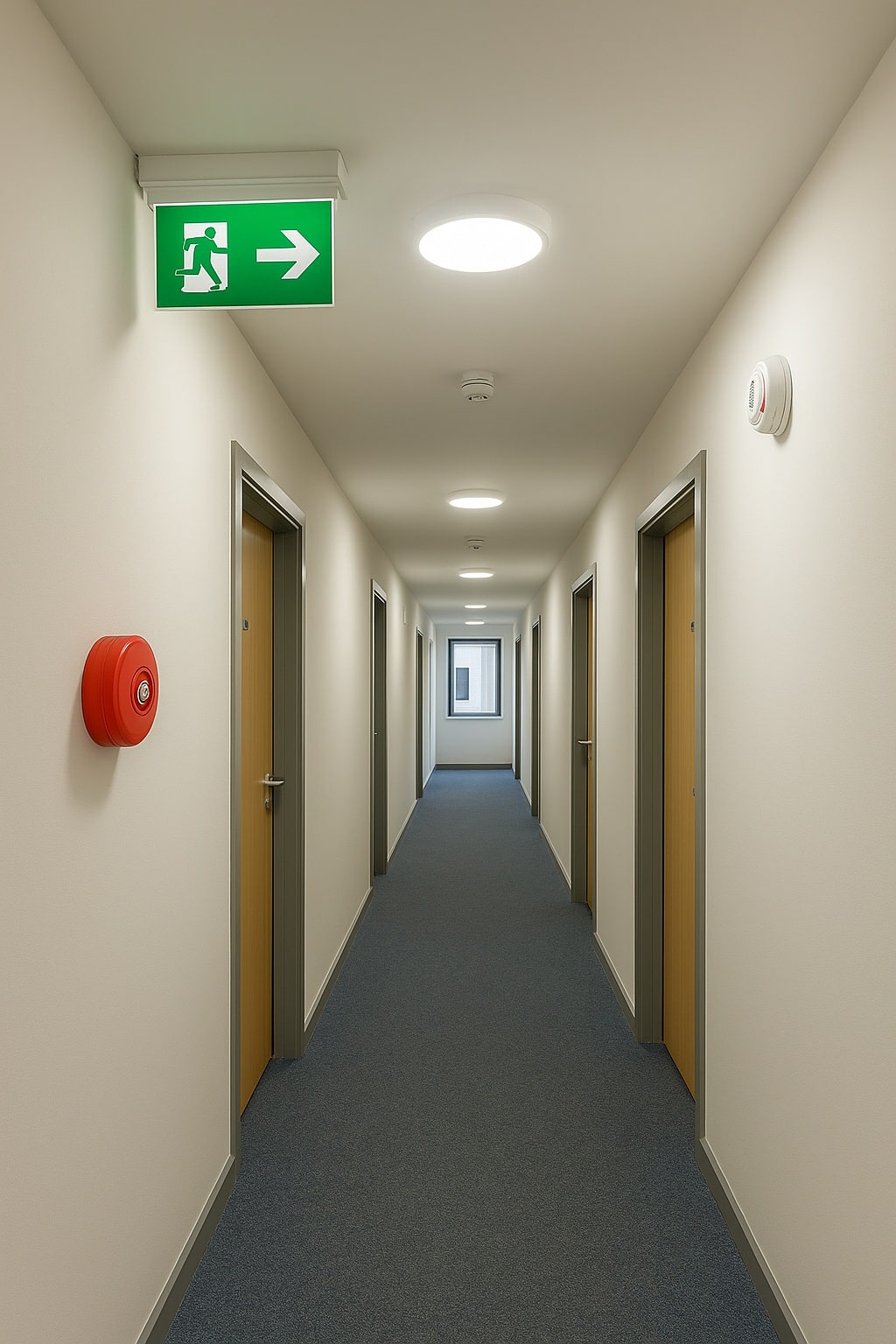Fire Safety Compliance and Legal Liability in Student Accommodation
Ensuring fire safety in student accommodation is not just a moral responsibility — it’s a legal requirement. In South Africa, student residences fall under high-risk sleeping accommodation, which means they must comply with SANS 10139 and be equipped with an L1 fire detection system (automatic detection throughout all areas).
Failure to install or maintain an L1 system can have serious legal, financial, and safety repercussions for property owners and facility managers.
1. Repercussions of Not Having an L1 Fire Detection System
A. Legal & Regulatory Consequences
- Non-compliance with SANS 10139: Student accommodation requires an L1 system. Using anything less (like L3 or conventional-only) is non-compliant.
- Fire Department refusal: Without compliance, municipal Fire Safety Officers can refuse to issue a Fire Safety or Occupancy Certificate — preventing legal occupation.
- Fines or enforcement: Under the Fire Brigade Services Act (Act 99 of 1987), authorities can impose fines, enforce closure, or demand immediate rectification.
B. Insurance Implications
- Claim rejections: Insurers may deny fire damage or liability claims due to non-compliance.
- Increased premiums: Non-compliant buildings risk higher premiums or policy cancellation.
C. Occupant Safety and Liability
- Delayed detection = higher risk: Fires spread fast in sleeping environments, and every second counts.
- Criminal negligence: If non-compliance contributes to injury or death, owners may face criminal charges.
- Civil liability: Families can sue for damages if a lack of proper fire detection contributes to loss of life or property.
D. Reputational and Operational Impact
- Loss of trust: Non-compliance can damage your brand and reduce tenant confidence.
- Costly downtime: Municipal authorities may shut down non-compliant buildings or require expensive retrofits.
2. Criminal Liability in Case of Life Loss Due to Fire
If a fire causes death and a responsible party failed to implement legally required fire protection measures, criminal charges — including imprisonment — can follow.
A. Criminal Negligence or Culpable Homicide
- Charge: Culpable homicide (common law)
- Meaning: Causing death through negligent or reckless conduct.
- Application: Applies if it’s proven the owner knew an L1 system was required and ignored it.
- Penalty: Up to 10 years imprisonment.
B. Non-Compliance with Fire Safety Regulations
- Legislation: National Building Regulations (Act 103 of 1977), Fire Brigade Services Act (Act 99 of 1987), and Municipal Fire By-Laws.
- Key requirement: Compliance with SANS 10400-T and SANS 10139.
- Penalty: Fines, up to 2 years imprisonment, or building closure.
C. Occupational Health and Safety Act (Act 85 of 1993)
- Responsibility: Employers or persons in control must maintain a safe environment.
- Failure: Can result in prosecution, up to 2 years imprisonment, and personal or corporate liability.
D. Municipal Enforcement and Civil Liability
- Fire Department action: May revoke occupancy, order closure, or refer the case to SAPS.
- Civil claims: Families can sue for damages, and insurers may refuse coverage.
3. Summary of Risks
| Risk Type | Legal Basis | Possible Penalty |
|---|---|---|
| Culpable homicide | Common law | Up to 10 years imprisonment |
| Fire safety non-compliance | Fire Brigade Services Act / Building Regulations | Fine and/or up to 2 years imprisonment |
| OHS violations | Occupational Health & Safety Act | Fine and/or up to 2 years imprisonment |
| Civil liability | Civil law (damages claim) | Unlimited financial damages |
⚠️ Final Word: Compliance Saves Lives — and Protects You
Installing a fully compliant L1 fire detection system is not optional — it’s essential for safety, compliance, and peace of mind.
At EyeDentiFire, we design, install, and maintain SANS 10139-compliant L1 systems to protect your residents, property, and reputation.
Let’s make your student accommodation safe, compliant, and fully protected under SANS 10139.

